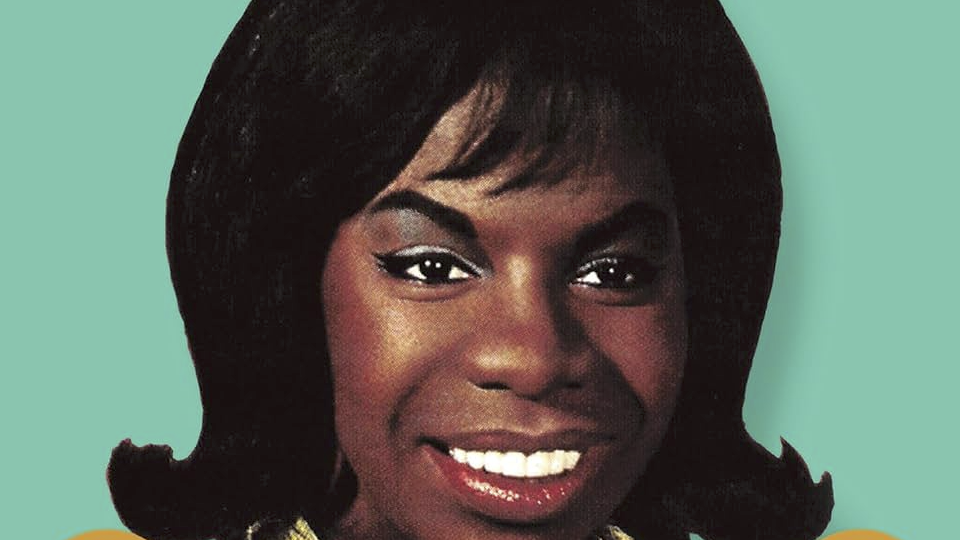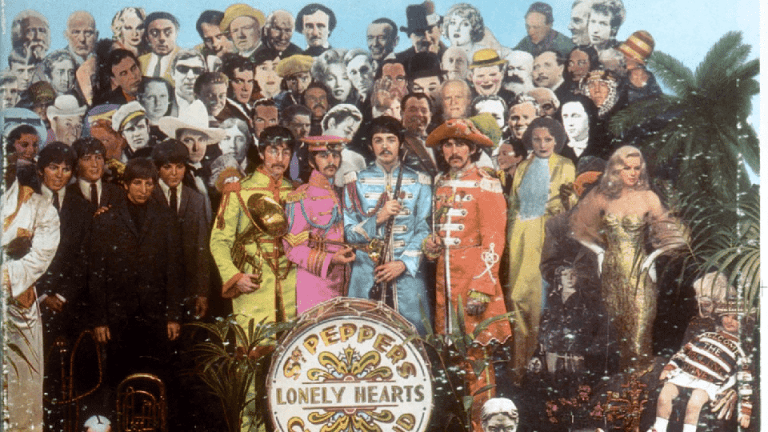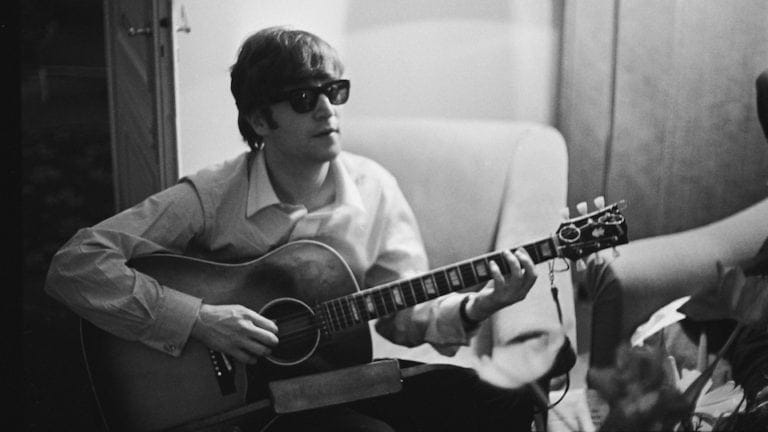Follow us
Early Nina Simone As the “Blackbird”

In Nina Simone, black American audiences had a voice that transcended race, throwing them headfirst into the realms of the Great Beyond, with a song selection buoyed by spirit and ruthless ambition. Simone, in many ways, represented the potential that existed within her fanbase, largely because her work was so pure and transported listeners from their reality into one the listener and singer could share.
For the majority of her life, Simone consciously synthesized such disparate influences as blues, vaudeville, jazz, and Celtic balladry (her rendition of “Black Is The Color Of My True Love’s Hair” is one of the many highlights on Blackbird – The Colpix Recordings (1959-1963)), and often in the course of one album.
Not once did the vocal deliveries seem false – the most impressive aspect of the compilation is how the shimmering “When I Was A Young Girl” seems like a logical continuation of “In The Evening By The Moonlight”, and how it neatly anticipates the yearning of Amy Winehouse’s Back to Black.
Beautifully packaged, and boasting 107 tracks in total, Blackbird – The Colpix Recordings (1959-1963) showcases an artist harnessing her voice, excited by the possibilities ahead of her. Considering the density (a whopping seven hours!), the compendium won’t do much for newcomers, but Simone’s legacy is so vast that the hardened fanbase will take to it with school-like glee.
There’s no discounting the work of the archivists – Aaron Overfield pens a thoughtful essay to accompany the album – but the preponderance of piano splashes and disembodied howls (most evident on the genuinely exhilarating “Nobody Knows You When You’re Down and Out”) gives the impression that Simone’s power could withstand even the shoddiest of remixes.
The piano dominates the backdrop in terms of instrumentation, setting the stage for the strings to enter sporadically, as they do with tasteful abandon on “Something To Live For.” In comparison, the brass arrangements are fewer and some of them sound pedestrian, but “Do Nothin’ Till You Hear From Me” thrives on the sound of a trumpet undulating behind Simone’s scintillating voice. Simone followed few of the standards set by the rulebook on “Hey Buddy Bolden”, and by the time she recorded “Mighty Lak A Rose”, she was confident enough to discard them entirely. It’s possible to argue that Simone could have benefitted from working with a prodigious producer like Phil Spector on her studio albums, yet no one could touch her for raw nerve or unbridled confidence onstage.
“Rags And Old Iron” is an ideal song for Robert Plant to cover, considering the rolling verses, and claustrophobic sense of geography stemming from the vocal booth; “I’ll Look Around” remains one of the touchstones of 1960s lounge; and her rendition of “Summertime” boasts an emotional fragility that adds another layer of sadness to the track.
Simone’s voice benefitted from an idiosyncratic take on the genre of gospel and blues genre that was steadily falling headfirst into pastiche. Simone tackled the group with a sense of authority and commitment, which might explain why her voice still lingers on the airwaves, decades after the average sell-by date of a musician’s allure. Blackbird – The Colpix Recordings (1959-1963) furthers the legacy, drawing listeners to the singer’s earliest, and some of her mightiest, triumphs.
Winehouse definitely leaned on Simone for guidance, although the same could be said of Meg White and Paloma Faith, chanteuses with an appetite for danger in their craft. With Simone, blues audiences were given permission to rip up any sense of convention that had been lodged into them since birth. Ironically, few of them were brave enough to challenge the genre as she had done.
-Eoghan Lyng
Photo: Fair use image from Nina Simone Blackbird: The Colpix Recordings

















LOVE NINA!